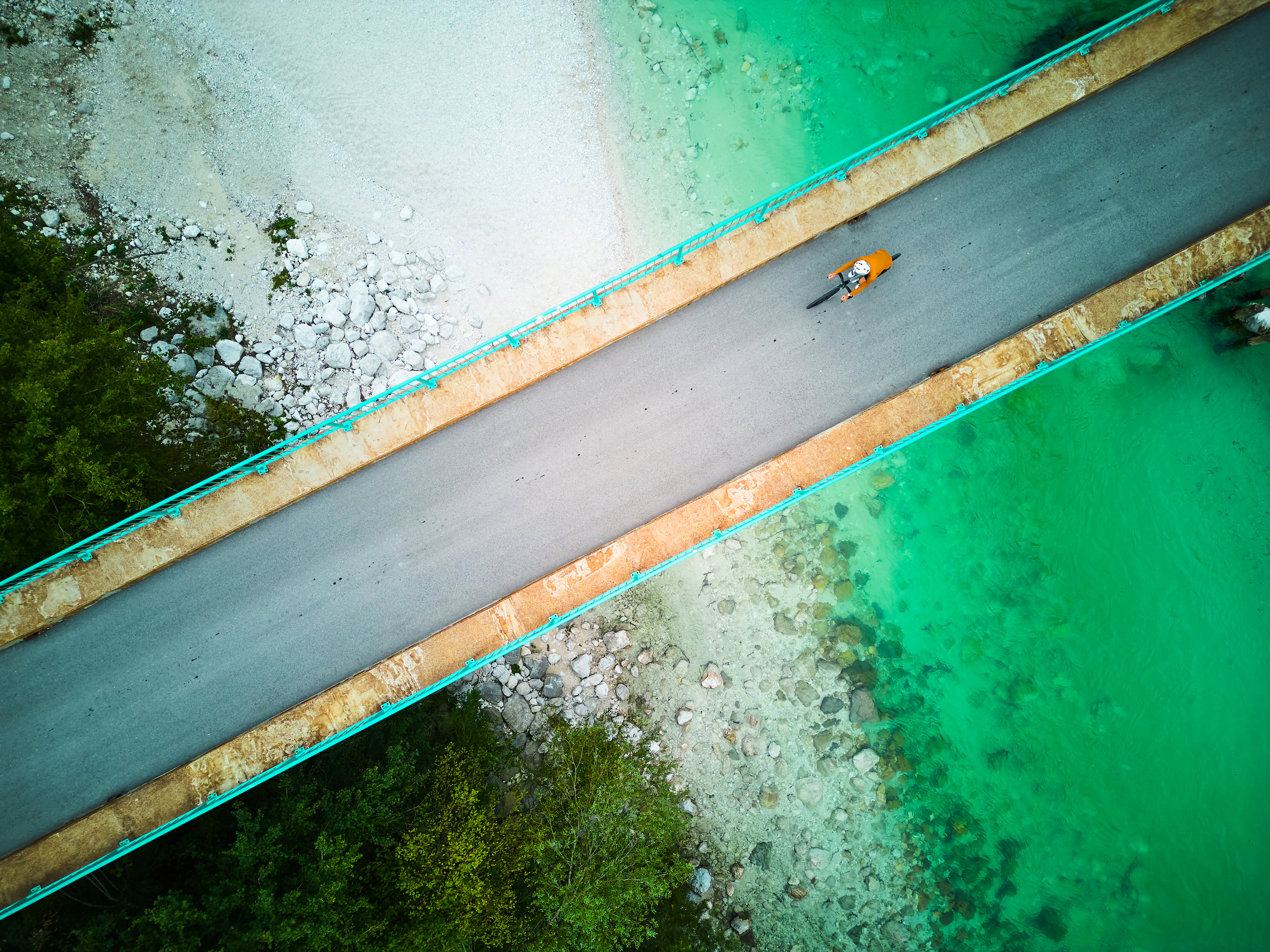
Sometimes you have to feel sorry for Belgium. It has so much going for it – not least triple-cooked chips, incredible beer and Eddy Merckx – yet often it’s reduced to being to a unit of measurement. Perhaps most famously, the Amazon rainforest has lost an area the size of Belgium. But there have also been reports of an oil slick the size of Belgium, and an iceberg even bigger than Belgium. Now, though, there's another. This little country in the north of Europe, centre of culture and economics, is being compared to a max square.
You're probably wondering what on earth a max square is, unless, that is, you happen to enjoy tiling. To put an end to all this bush-beating, we’re talking about maps. Tiling, in the context of cycling, involves ‘ticking off’ map squares by riding through them. It's niche, it's fun, and it has a big following. It's also not half as odd as it sounds – although I would say that, given that since learning about the idea through writing and researching, I've started to enjoy a bit of tiling myself.
Having given up racing many moons ago – aside from the odd foray at Cycling Weekly's midweek evening '10' on Zwift – a lot of my riding since then could be classed in the 'aimless bimbling' bracket. Hunting out tiles and improving my own score elevates it to something more purposeful. Each tile is about a square-mile in size, although, because of the way the Mercator world map projection works, they become smaller at the poles and bigger around the equator. If you have a globe at home, take a look at it – its grid squares illustrate this perfectly.

In tiling, the 'max square' is the biggest square of tiles a rider has covered over the course of their riding. All riders also have a 'max cluster', which is their biggest area of interconnected visited tiles. Top of the leaderboards for both of these on the 'Ride Every Tile' website is the owner of that bigger-than-Belgium-sized behemoth is German rider Jurgen Knüpe. His riding has taken him halfway around the world in search of adventure – and tiles. When the 61-year-old learned about tiling's possibilities, he was "immediately excited by the idea of exploring new roads to get through each tile." He has always been rather competitive, he says, which is no surprise, given he has made it to the top of tiling's leaderboards. Knüpe’s max square of 140 by 140 spans a full 19,600sqmi (31,500sqkm and considerably bigger, in fact, than Belgium), meaning that these days he has to venture ever further to find new tiles.
The tiling world has its own records and even its own celebrities (of which Knüpe is certainly one). In some ways, it's not that different to what many of us do anyway as we look to seek out new lanes and cover new ground. Consider tiling 'added value', allowing you to tick off new ground and compete with yourself and others. If you've been riding for many years around the same patch of the UK, there's a good chance you're starting to become weary of those well-travelled roads. Tiling gives you a reason to explore the ones that you would never normally choose. They might be urban cut-throughs, or lead nowhere in particular. But when riding them fills in another square on your own personal tiling grid, they become roads that give you an added kick of accomplishment.
Getting started
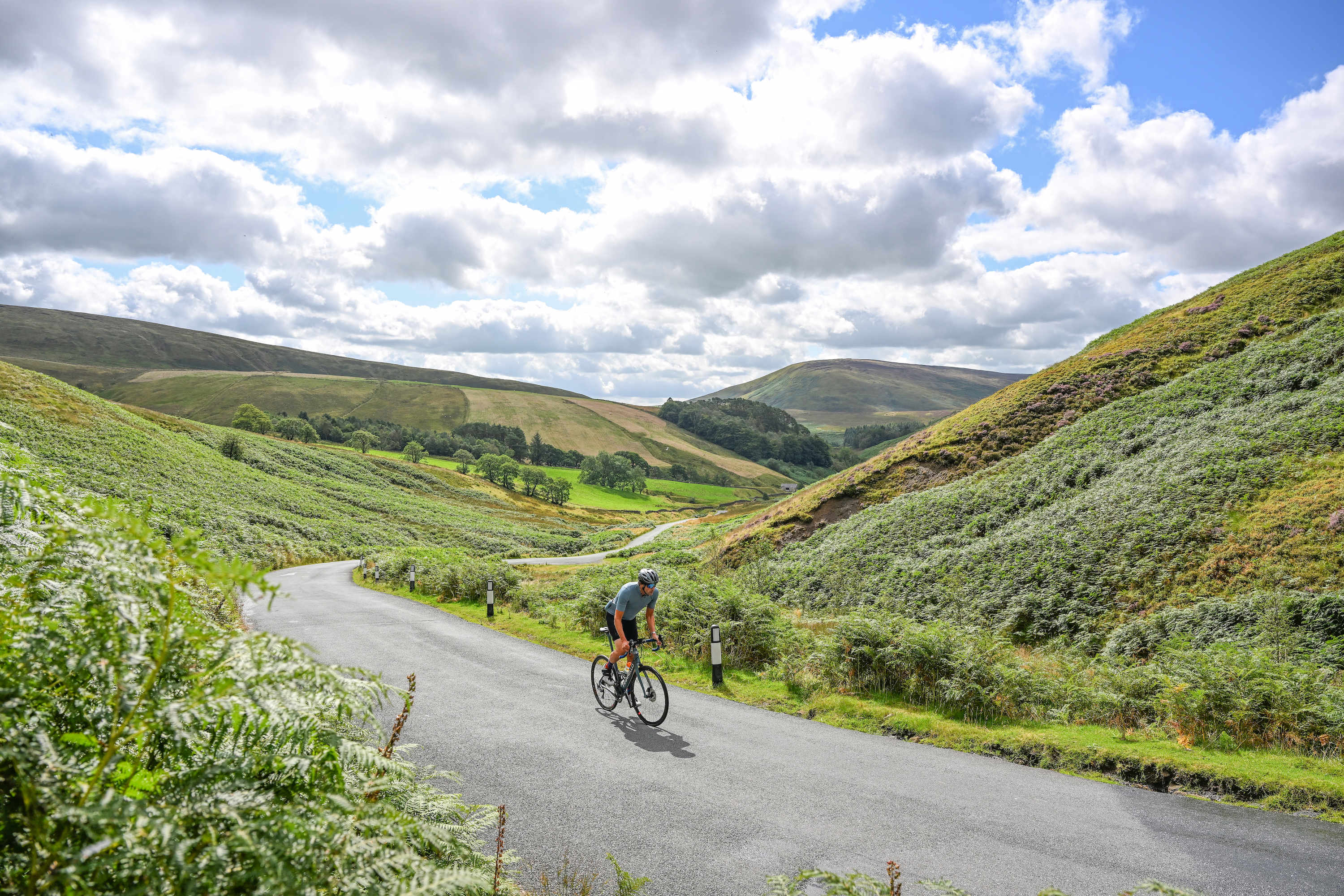
Tiling began with a platform most of us are probably already familiar with: Veloviewer. Founded in the UK by Ben Lowe, Veloviewer allows riders to drill way down into their numbers, as well as view their rides in a unique 3D profile. Lowe created an entire new paradigm when he realised that the common-or-garden tiles found on Open Street Map could be used to add a new dimension of exploration to a rider's repertoire – and so tiling was born. “I liked the idea of having something non-competitive," he says. "I wanted the site to be for everyone. It’s one of the things people talk about most. There’s a Strava group where, as well as on Twitter, the Explorer feature is one of the most discussed things.”
Part of the fun of tile-bagging is that you'll find yourself on a leaderboard. Aside from the ultra-tilers seeking top spot, tiling is about beating your own personal records. But just for fun, here is a selection of some of the major standings and their leaders.
58,259 – greatest number of tiles visited (Jurgen Knüpe)
140 x 140 – biggest square of tiles (Jurgen Knüpe)
25 x 25 – biggest square in a single ride (Peter Lungren)
15 x 15 – biggest square in single UK ride (Matthew Winn Smith)
37,462 – biggest cluster of tiles (Jurgen Knüpe)
Veloviewer is not the only platform offering tile-based fun times; others include Ride Every Tile and Squadrats. The former isn't as good-looking but is a treasure trove of information, including interviews with the best riders and even hexagonal tiles called 'hexes'. Squadrats doesn't have quite as much depth but it looks great and is intuitive to use. In Squadrats speak, one standard tile is called a 'squadrat', and it allows you to delve into other variously sized tiles, including the much smaller 'squadratinho' tiles, which are about 200sqm.
Their smaller size means they are acquired more slowly, but at the same time unexplored examples are much easier to find locally. Ride Every Tile and Squadrats are both free to use, while Veloviewer requires a very modest outlay of £10 to get the most from it. There is even a platform, Wandrer (see panel), that allows you to track the percentage of roads you have ridden in any given area. Like Veloviewer, you'll need to pay a fee (in this case $30, which is still just £2 a month in UK terms) for the full version.
As it stands, these platforms as standard don't allow you to view real-time tiles on your GPS head unit. Instead you'll need to plan your route in advance in the usual manner, cross-checking with the tiling platforms as you do so. However, there are developments in progress – a Squadrats app is in the pipeline – so that could soon change.
Chance discovery
One of the nice things about tile-bagging, as it is often called, is that riders tend to stumble upon it completely by chance. Unlike cycling clubs, challenge events or new trends such as gravel riding, there is no real marketing drive behind it. As such, it feels like a small and fun niche – though, from my research for this feature, I found that its participants are more than ready to shout it from the rooftops.
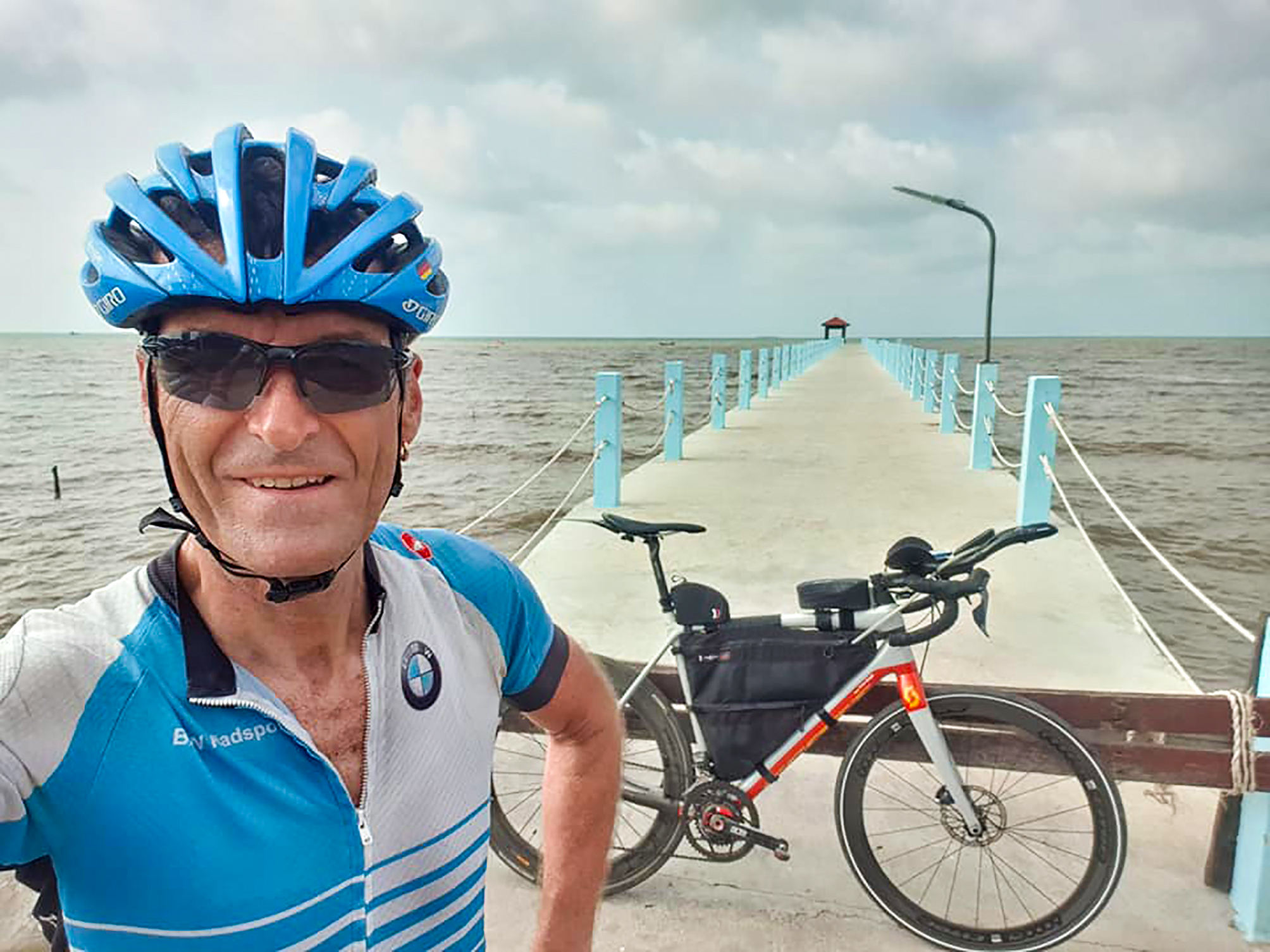
Knupe found tiling having first signed up for the Transcontinental Race in 2016. "I'd made contact with one of the participants, Chris White," says the German. "He made me aware of Veloviewer and Tile Hunting. Chris was at the top of the leaderboards at the time and I was immediately excited by the idea of exploring new roads to get through each tile." The competitive element of tiling, with its records and leaderboards, immediately appealed to Knüpe. "I have always been a competitive type since I was a child," he says, "I also liked the idea of competing with others in different categories, such as Max Square, Cluster and total Tiles. A little competition is always an additional incentive for me, although you shouldn't take it too seriously.” It’s not all about fierce competition; Knupe explains that he has made numerous friends within the tile-hunting community.
Knüpe's personal heatmaps show that tiling has taken him on adventures across multiple continents, all over Europe, where the tentacle of his Transcontinental Race stretches way out east; there's a squiggle in Thailand and then, of course, evidence of his latest adventure, the Panamericana ride from Vancouver to the southernmost tip of South America. Knupe has done "thousands" of rides in search of tiles. "The most significant, or the ones that gave me the most satisfaction,” he adds, “were the multi-day bikepacking tiling rides with which I achieved my own additional goals." Knupe makes a good point here. Taking up tiling doesn't mean your riding has to become solely focused on taking strange detours into little squares. You can dip in and out of it as and when you want. Unlike your VO2 max, or your FTP, if you slack off for a while, your max square will be there waiting for you, just the same as it always was, ready for you to bag more tiles once you're ready.
Single-ride challenge
One of Britain's foremost tile-hunters, Matthew Winn Smith, got into tiling via the Wandrer app. The idea of ticking off roads sounded faintly ridiculous to him when he first heard about it, he admits. "A friend of mine introduced me to it and said, 'Look at this thing, isn't it funny?' And I thought it sounded like a load of nonsense, but I signed up to it, and then found, actually, it was pretty compulsive." Ticking off roads soon expanded into ticking off squares as Winn Smith discovered tiling and the Squadrats – and then he was away. "For anyone who's a list-ticker, combining it with this physical thing makes a really powerfully addictive pastime," he says of tiling. "For others, it's going to be completely and utterly pointless and ridiculous, but that's how we're wired differently – we all sit somewhere on that spectrum, and I'm probably at the very far end."
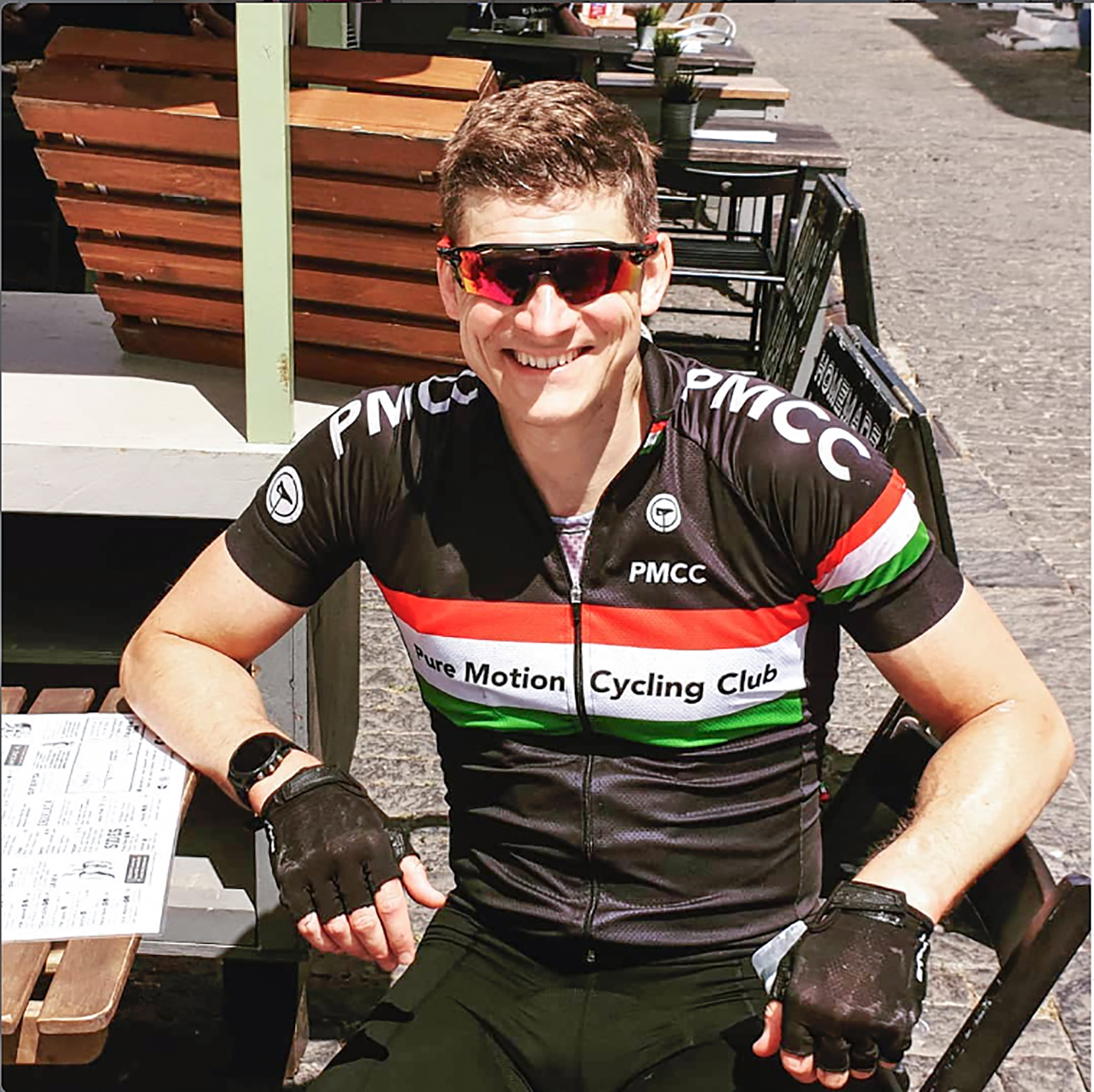
Winn Smith is a former double-Ironman world champion and an accomplished ultra-distance rider. He holds the British record for the biggest square of tiles in a single ride – 15x15 – which he set back in September. Winn Smith used a cleverly designed 335km (208-mile) course in Kent, which took him into 225 squares aboard his trusty Fairlight Strael. Given his penchant for big miles – he also rode Land's End to John o' Groats in less than four days last year – he wasn't overly troubled by the distance, which he modestly described as "a bit sapping". Now Winn Smith has an eye on a much bigger fish: Peter Lundren's mammoth 25x25 world record for a single-ride square. That ride was 825km (512 miles), and to beat it Winn Smith estimates that he would need to ride 900km, with one of the major issues being that no sleep is allowed. In tiling records, once you sleep, your 'single ride' finishes.
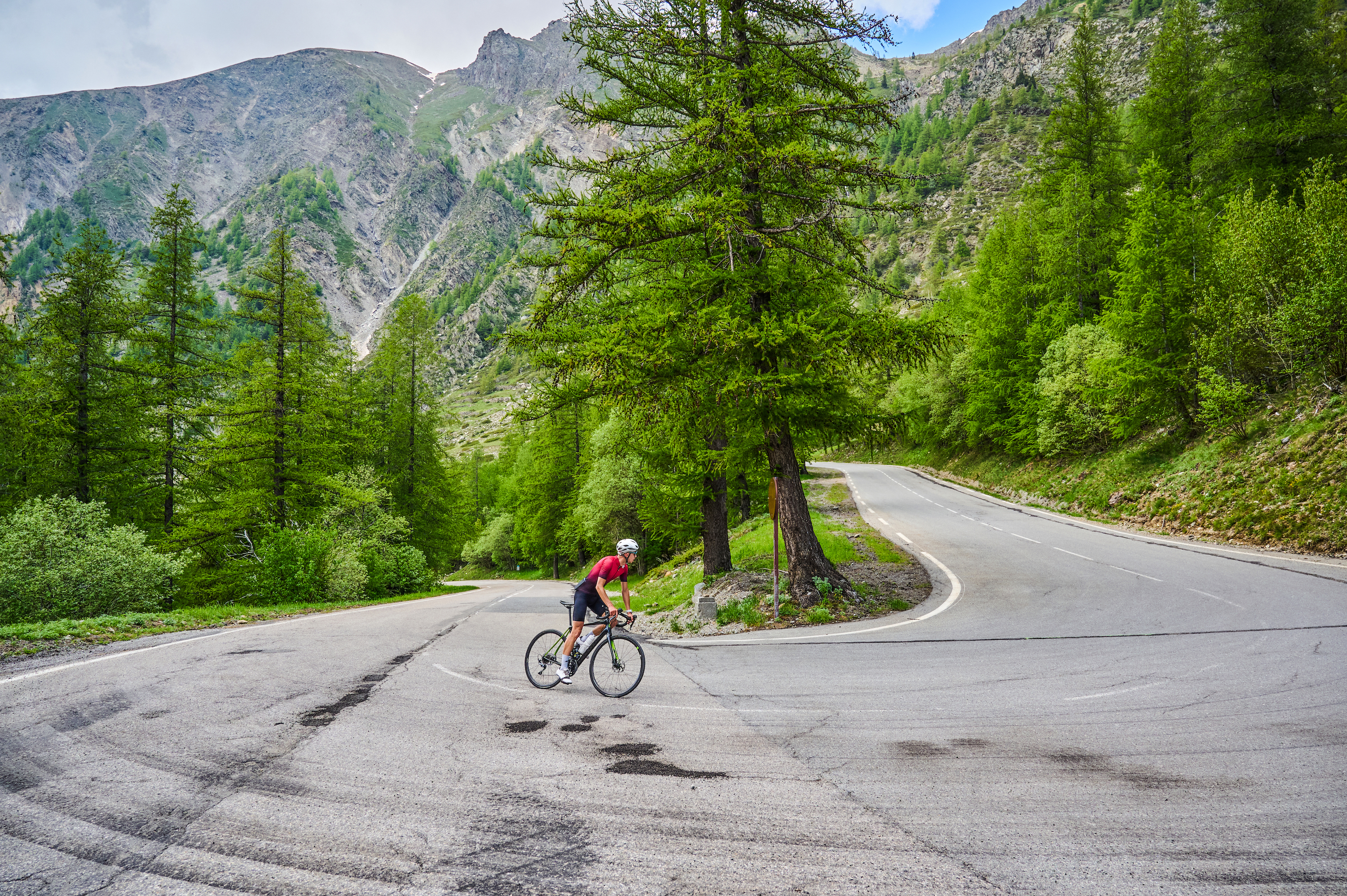
But riders like Knüpe and Winn Smith are the outliers – the Tadej Pogačars and the Wout van Aerts of the tiling world. For most riders, heading out the door in search of those final tiles that fill in the holes on your own personal map is where the fun lies. Talking of which, I have a couple of Squadratinhos that need ticking off in town, and I think one of them has a coffee shop sitting slap bang in the middle of it. Aimless bimbling, you say? Definitely not…
Wandrer: Bag roads rather than squares
In case visiting squares isn't enough to satisfy your exploration cravings, you can take things even further thanks to an app called Wandrer. The US-based app creators say, rather elegantly, that Wandrer is "meant to encourage you to take a small action against going where you'd normally go". That’s a great way of putting it, we think, playing perfectly into the micro-adventures sentiment.
Instead of recording your activities in terms of tiles visited, Wandrer records roads ridden. It shows you new roads you've ridden in any given activity, and keeps a tally of percentages of rideable roads and trails ridden in your local area, wider region, your country and even the entire world.
Now, clearly, cyclists love their numbers and their rankings, ergo Wandrer has leaderboards aplenty, as well as ways to earn extra points beyond the standard mileage tally. Topping the leaderboard for the entire world is a user called graubünden2998, who has ridden an incredible 0.22% of all the world's rideable roads and trails. That sounds a lot, but given that as of the morning of 2 January in the UK, they had already ridden 117 miles (188km), so they're clearly putting the work in.
If taking on the entire world sounds like a big ask, the local areas are far a more manageable prospect. Wandrer tells me I've completed 61% of my local area, for example. You can also link it to Strava and other platforms, meaning that any new miles will show up after each ride.
There is a free version but it will only process your 50 most recent activities, meaning that serious users need the paid version at $30 (£24) per year, or only £2pcm, payable in one lump.







